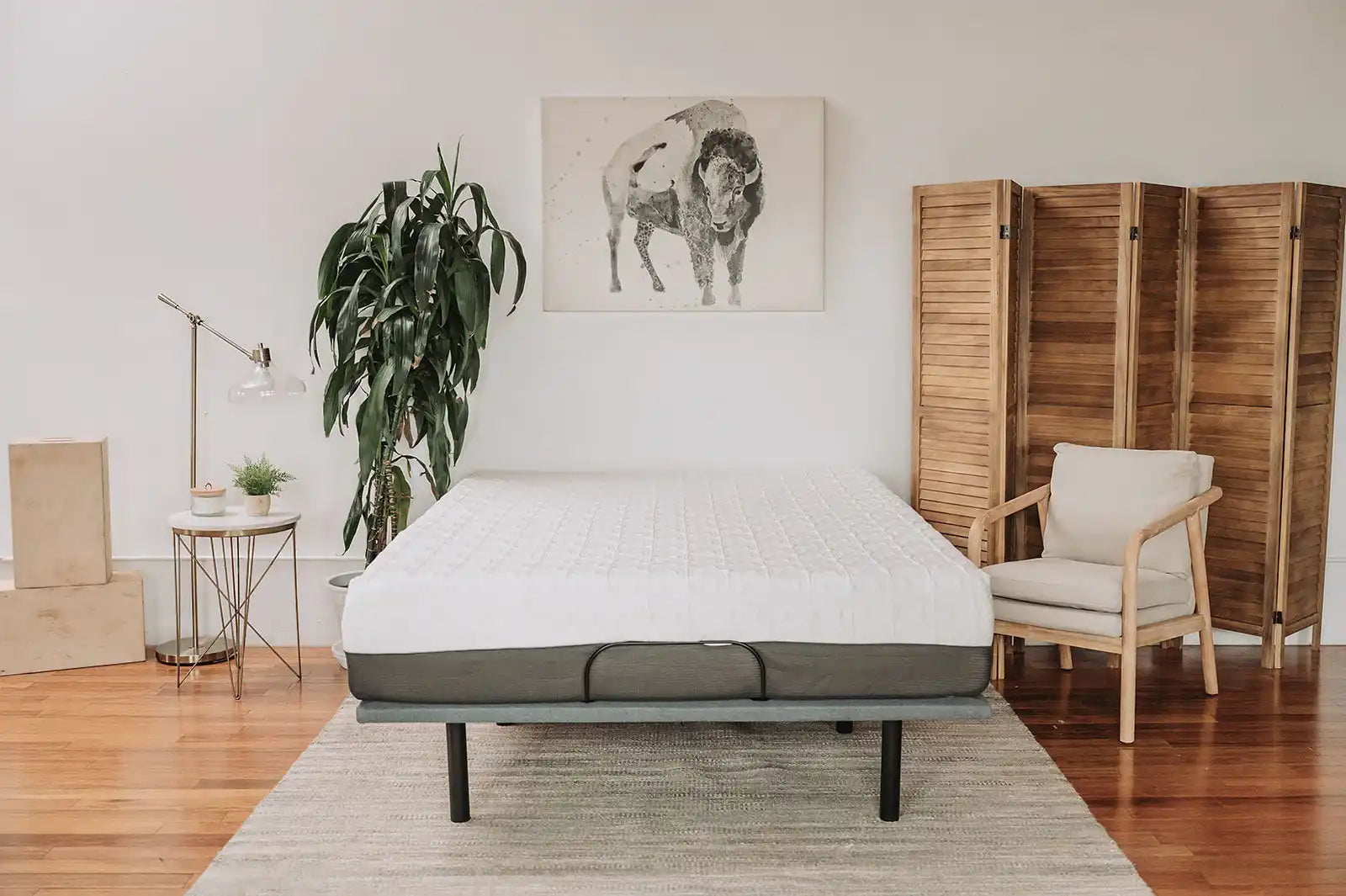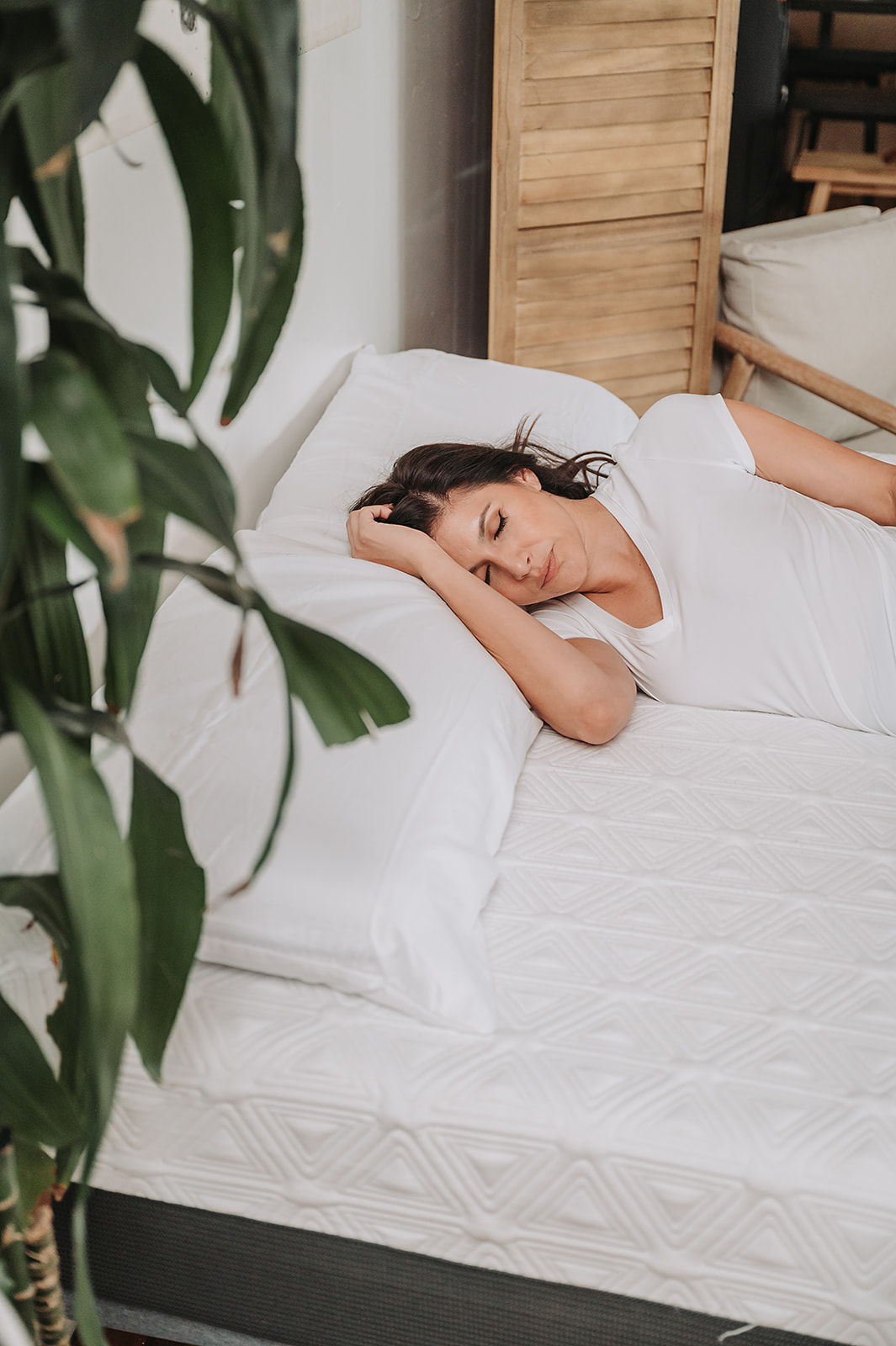The world of furniture design moves at a rapid pace, responding to shifts in technology, lifestyle, and cultural values. As we step into 2025, several key trends are emerging—driven by sustainability, smart homes, and a renewed focus on personalization and wellness. In this in-depth look, we’ll explore seven major trends transforming living spaces this year, offering insights, examples, and tips for homeowners, designers, and retailers alike.

1. Sustainable & Upcycled Materials
Why it matters: With growing environmental awareness, consumers demand furniture that minimizes ecological impact. Sustainable sourcing, upcycling, and circular design have moved from niche to mainstream.
-
Reclaimed wood: Vintage oak, walnut, and teak get new life in tables, shelving, and accent pieces—each bearing unique patinas and stories.
-
Recycled metals and plastics: Outdoor seating and lighting fixtures increasingly incorporate post-consumer plastic and scrap metal, blending durability with eco-conscious style.
-
Biodegradable composites: Cutting-edge materials like mushroom-based mycelium foam and algae-infused veneers offer renewable alternatives to traditional upholstery and surfaces.
Tip for retailers: Highlight the provenance of each piece—stories of reclaimed beams or salvaged ship timbers resonate with eco-minded buyers.
2. Multifunctional & Modular Designs
Why it matters: Smaller living footprints and hybrid work patterns push for adaptable furniture that can morph to multiple roles.
-
Convertible sofa beds: Beyond basic futons, expect integrated storage, adjustable headrests, and ease-of-use mechanisms.
-
Modular shelving: Stackable cubes and configurable wall systems cater to evolving decor and storage needs without committing to one layout.
-
Drop-leaf tables: Modern iterations include built‑in charging ports, ambient lighting, or sliding panels that transform coffee tables into work desks.
Tip for consumers: Prioritize pieces that solve two or more daily needs—e.g., a bench with hidden shoe storage or a dining table with a lift-top coffee-table function.
3. Biophilic & Wellness‑Driven Interiors
Why it matters: After years of urban living and digital overload, biophilic design—connecting interiors to nature—enhances well‑being, focus, and creativity.
-
Live-edge and natural forms: Organic contours, bark finishes, and unpolished edges bring the outdoors inside in its rawest form.
-
Integrated plant systems: Furniture with built‑in planters—coffee tables with succulents, headboards that double as herb gardens—reinforce daily green interactions.
-
Wellness features: Ergonomic seating with posture‑correcting shapes, built‑in massage or heat zones in recliners, and air‑purifying upholstery fabrics.
Trend spotlight: Yoga‑inspired seating—low, cushion‑based lounge chairs meant for meditation, reading, or gentle stretching, marrying form with function.
4. Bold Colors & Textures
Why it matters: After years of neutral palettes, 2025 embraces vibrancy—rich jewel tones, contrasting textures, and tactile finishes that spark joy.
-
Velvet and boucle: Accent chairs and sofas in emerald green, deep navy, or burnt orange invite touch and make signature statements.
-
Mixed-material accents: Think leather arms on fabric sofas, metal inlays in wood tables, or concrete bases with linen tabletops.
-
Artisanal details: Hand‑woven rattan, hammered metal surfaces, and hand‑painted ceramic knobs underscore the handcrafted aesthetic.
Retail tip: Curate capsule collections that mix and match colors—pair a terracotta armchair with a teal ottoman and a brass side table to showcase dynamic possibilities.
5. Personalized & Customizable Pieces
Why it matters: Mass customization technologies let consumers tailor furniture to individual tastes, ensuring each piece feels like part of their story.
-
On‑demand upholstery: Online tools let buyers select frame styles, fabric swatches, and cushion densities, visualizing the final product in real time.
-
Modular color blocks: Sectional sofas with interchangeable ottomans and arms in different hues create unique compositions.
-
Engraved and inlaid details: Laser‑etched patterns, monogram slots, and customizable hardware finishes add an extra layer of personal identity.
Pro tip: Offer a digital configurator on your website that stores past designs—repeat customers can reorder or tweak previous builds in seconds.
6. Tech‑Integrated Furniture
Why it matters: Smart homes demand furniture that seamlessly incorporates charging, lighting, and connectivity without sacrificing aesthetics.
-
Wireless charging surfaces: End tables and desks with Qi‑enabled zones keep devices topped up—and hidden cables at bay.
-
Embedded lighting: Adjustable LED strips within shelving, under ottomans, or inside glass‑front cabinets set the mood with a remote or smartphone app.
-
Voice‑activated adjustments: Convertible desks and recliners respond to Alexa, Google Home—or proprietary voice commands—to shift heights or angles.
Warning: Ensure tech integrations are serviceable and upgradable—today’s USB‑A ports could be tomorrow’s legacy.
7. Minimalist Luxury
Why it matters: High‑end materials meet restrained silhouettes. This “quiet luxury” trend favors craftsmanship over ornamentation, with price tags to match.
-
Seamless joinery: Furniture with hidden connectors and flush‑mounted hardware creates unbroken visual planes.
-
Premium finishes: Venetian plaster tables, hand‑brushed stainless steel legs, and semi‑aniline leather upholstery elevate simplicity to statement status.
-
Understated palettes: Off‑white lacquers, dove‑gray marbles, and brushed brass accents convey exclusive taste without shouting.
Retailer note: Use understated showroom vignettes—let the materials speak for themselves against neutral backdrops and focused lighting.
Conclusion: Staying Ahead in 2025
The furniture landscape in 2025 is defined by a balance of innovation and intention. Sustainable materials and modular forms answer practical demands, while biophilic elements and wellness features cater to health and comfort. Bold colors, artisanal textures, and tech integrations keep us connected—to both our environment and each other. Finally, minimal luxury and customization ensure each piece resonates personally.
Whether you’re outfitting a micro‑apartment, launching a hospitality project, or curating a high‑end showroom, these trends offer a roadmap. Embrace the ones that align with your brand values and customer needs—and you’ll furnish not just rooms, but experiences that stand the test of time.
—
Written by Best Buy Furniture’s design team | May 2025





